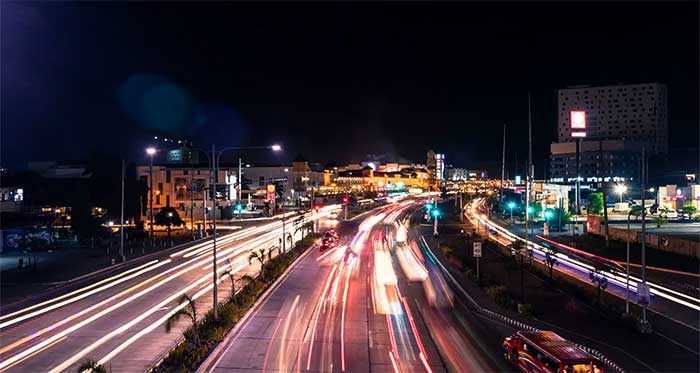
By Joseph Bernard A. Marzan
Western Visayas has surpassed the P1 trillion mark in 2023, with a growth rate of 7.2 percent, despite a slight deceleration from the 9.3 percent growth in 2022, according to the latest data by the Philippine Statistics Authority (PSA)-Region 6.
The region recorded its highest economic valuation at P1.024 trillion from P955.1 million in 2022 and P874.09 million in 2021.
But the growth rate, the second highest in the country after Central Visayas (7.3 percent), is lower than the 9.3 percent rate in 2022.
Western Visayas contributed 4.9 percent to the national Gross Domestic Product (GDP) in 2023, making it the country’s fifth-largest regional economy.
The Organisation for Economic Co-operation and Development (OECD) defines GDP as “the standard measure of the value added created through the production of goods and services in a country during a certain period.”
The economic performance of the region is measured from the perspective of producers’ goods and services through the Gross Regional Domestic Product (GRDP), or through the expenditure of the residents via the Gross Regional Domestic Expenditure (GRDE).
The slower growth in Western Visayas’ economic performance was due to the deceleration in the respective major industries, namely, Agriculture, Forestry, and Fishing (AFF), Industry, and Services.
Like almost all regions in the country, the Services industry contributed the most to the region’s economy, constituting 62.7 percent. It grew by 10.2 percent at P642.1 billion, slower than the 13.0 percent rise in 2022.
The Industry sector of the regional economy, which makes up 21.6 percent of the regional economy, also lagged at 7.7 percent growth from 9.2 percent in 2022, with a 2023 value of P220.9 billion.
But the AFF industry, which comprised the remaining 15.7 percent of the regional economy, suffered the most as it declined further by 3.7 percent, greater than the 1.9 percent decline logged in 2022. The sector was valued at P161.3 billion.
On a per capita basis (per person) the GRDP stands at P126,572, growing by 6.5 percent from its 2022 value (P118,901).
As to the GRDE, Household Final Consumption Expenditure (HFCE), also known as household spending, grew by 5.8 percent, sharing 93.8 percent to the regional economy.
But it was the export of goods and services to the rest of the world that grew the fastest (13.2 percent), followed by gross capital formation (12.9 percent), and government final consumption expenditure (0.7 percent).
Imports of goods and services from the rest of the world declined by 10 percent.
Per capita, HFCE was logged at P118,749, only 5.0 percent higher than that of 2022 (P113,117), which was actually an 11.3 percent jump from 2021 (P101,606).
PSA-Region 6 officer-in-charge Nelida Amolar clarified that the data was based on the agency’s 2018 baseline prices, removing the factor inflation, which had been rapid in the last couple of years.
Despite the slowed growth, National Economic Development Authority (NEDA)-Western Visayas Regional Director Arecio Casing, Jr., said during the PSA-6’s press conference that this remained within their 6 to 7 percent growth target.
With the current El Niño situation, Casing stated that it might harm the region’s AFF figures even further but expressed trust that the Regional Disaster Risk Reduction and Management Council, which is currently on Blue Alert status for the phenomenon, will be able to respond to the situation.
He also said that the region’s line agencies will “do their best” to make sure that the phenomenon will not be able to affect the region’s economic performance for 2024.




















